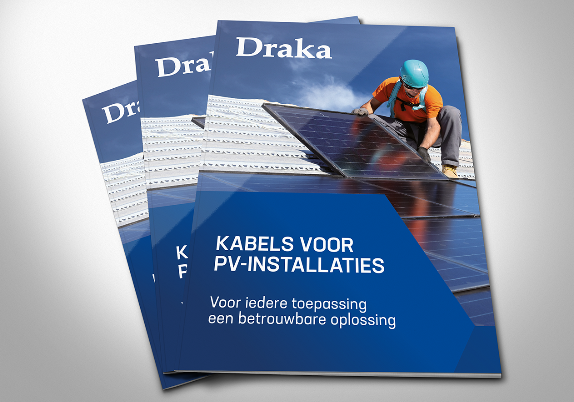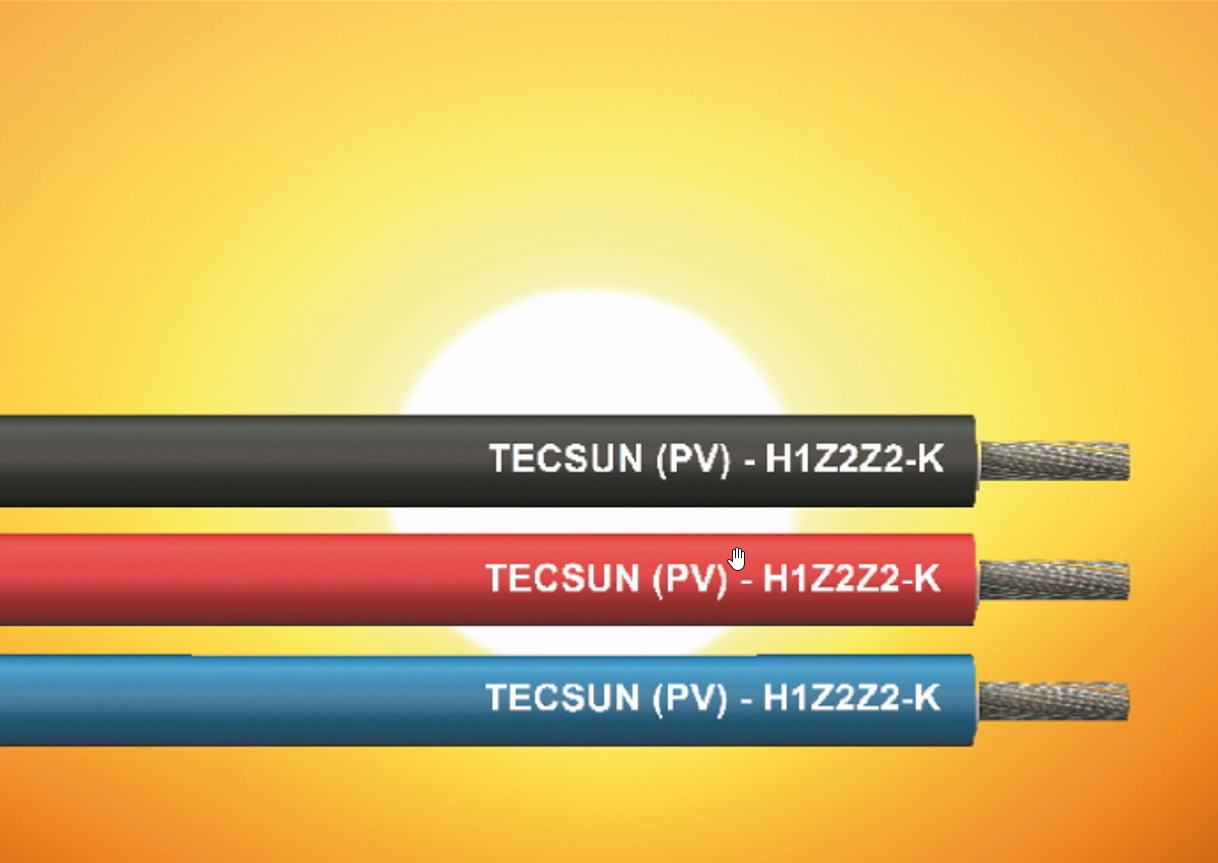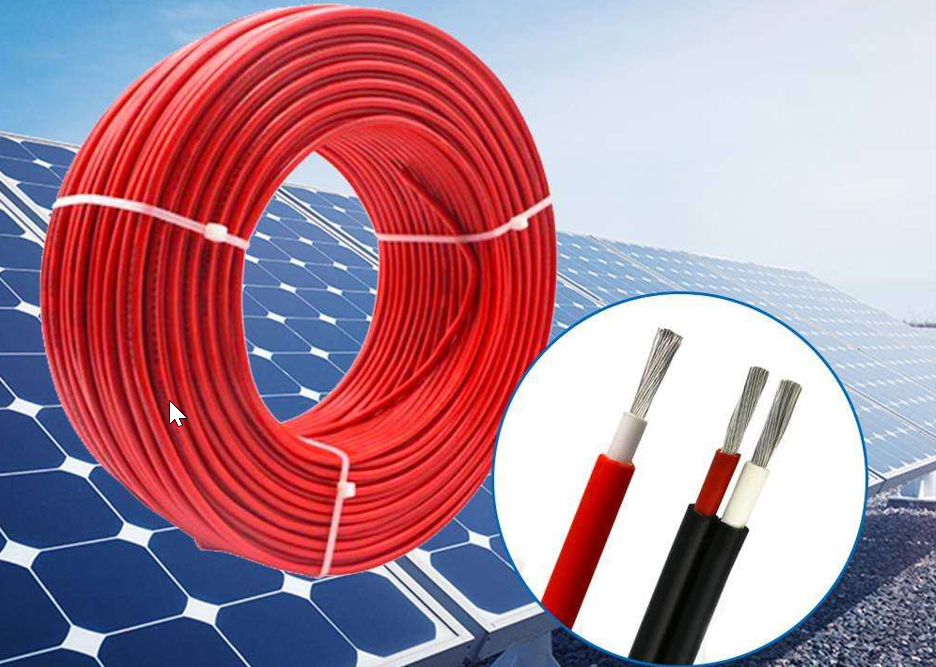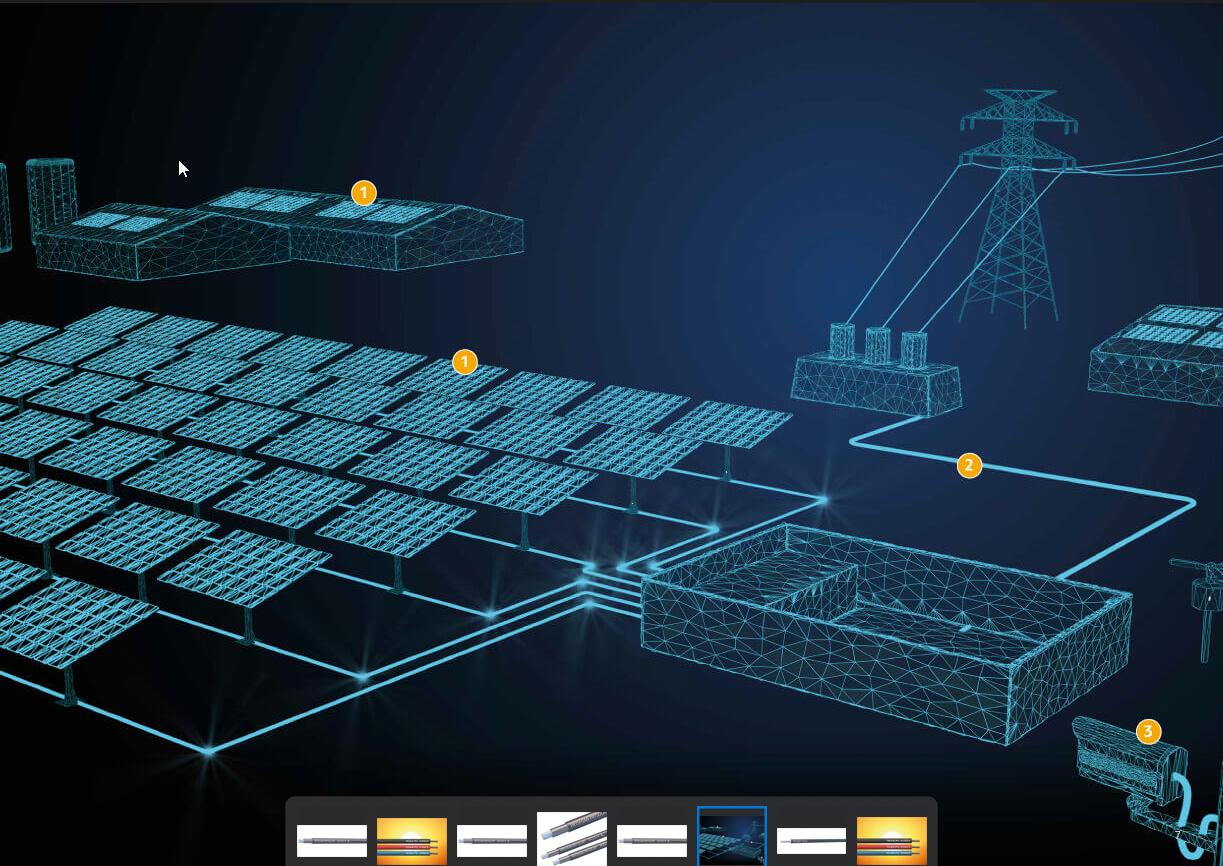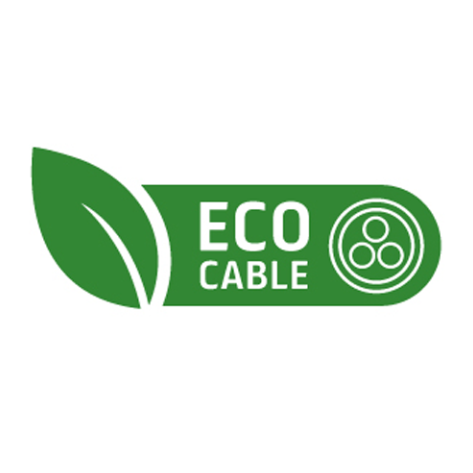WELCOME
Everything you need to know about cables for PV systems
As connecting links, cables are the lifeblood of PV systems, and the selection of the right type of cable is crucial for optimal performance and safety. Here you will find all the information about the quality of our PV cables, the projects we do, documentation, our certificates and more!
We can imagine that you have any questions, the Draka team is ready to answer them or sign up for our newsletter to stay up to date with the latest product information.
The Draka solar brochure is a comprehensive guide designed to give you an insight into the dynamic world of photovoltaic (PV) installations. Here, we'll take a closer look at the different types of cables available for PV installations, highlighting the unique features, benefits, and applications of each type.


